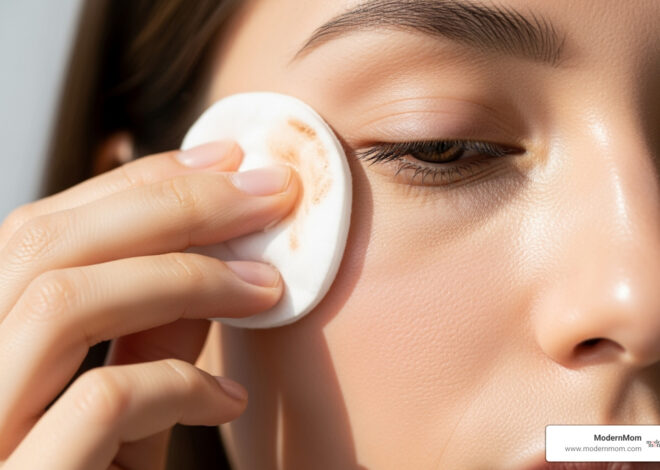What Do Tanning Beds Do to You?
Tanning is popular because people associate a bronzed body with health and beauty. More than 30 million people tan indoors; most of them are women between the ages of 16 and 20. Using a tanning bed before the age of 35 increases the risk of melanoma (skin cancer) by 75 percent.
Tanning Beds Gain Popularity
Tanning beds in tanning salons and studios became popular in the 1980s. The Tanning Advisor website says that new advances in the technology behind tanning beds and tanning booths shortened the time it took to get a tan. Time-pressed consumers became motivated.
How It Works
A tanning booth tans a person by emitting ultraviolet (UV) light artificially. The artificial UV light is similar to the light naturally emitted by the UV rays of the sun. The ultraviolet radiation from the light bulbs that emit the UV light has been associated with an increased risk of skin cancer, according to the National Cancer Institute.
Cancer Risk
In addition to raising the risk of melanoma by 75 percent when the use of tanning beds starts before the age of 30, the International Agency for Research on Cancer (IARC) found a link between the use of tanning beds and melanoma of the eye, a deadly cancer.
Medication
People taking certain medications are advised to stay out of the sun. These advisories would also apply to tanning beds. Some medications can create a greater risk of a person developing a sunburn when using a tanning bed. Medications, such as tetracyclines and sulfonamides antibiotics l(like Bactrim and Septra) are examples of classes of drugs that are considered phototoxic. Some people develop a photosensitive reaction to these and other medications, and tanning bed exposure could cause a rash or severe burn. Advisories to stay out of the sun are generally found right on the medication container’s label.
Risk to Eyes
According to the Health Physics Society website, people who use tanning beds–in addition to the risk of melanoma of the eye–are at risk of burning their corneas. A burnt cornea generally will repair itself, but it can be quite painful. There is also the risk of the formation of cataracts.
Cost Deterrent
Part of the 2010 health package passed by the Congress includes a new 10 percent tax on indoor tanning bed services. This initiative is expected to raise 2.7 billion over the next 10 years to help fund health care. The Skin Cancer Foundation, American Cancer Society and the American Academy of Dermatologists are all urging the U.S. Food and Drug Administration to reclassify tanning beds as a class ll medical device with restrictions against use by teens. These initiatives are designed to reduce the rate of skin cancer among Americans.
The Alternative
The Mayo Clinic promotes sunless tanning as a safe alternative to sunbathing or tanning booths. They indicate that cosmetic companies are working to develop safe, non-toxic self tanners that will replicate the look of a tan from a tanning bed. Advertising may be developed to make being pale more stylish and in vogue. While the tanning bed industry is fighting against these new developments and possible age sanctions, it appears that the risk of using a tanning bed is greater than the benefit, according to MSNBC.




